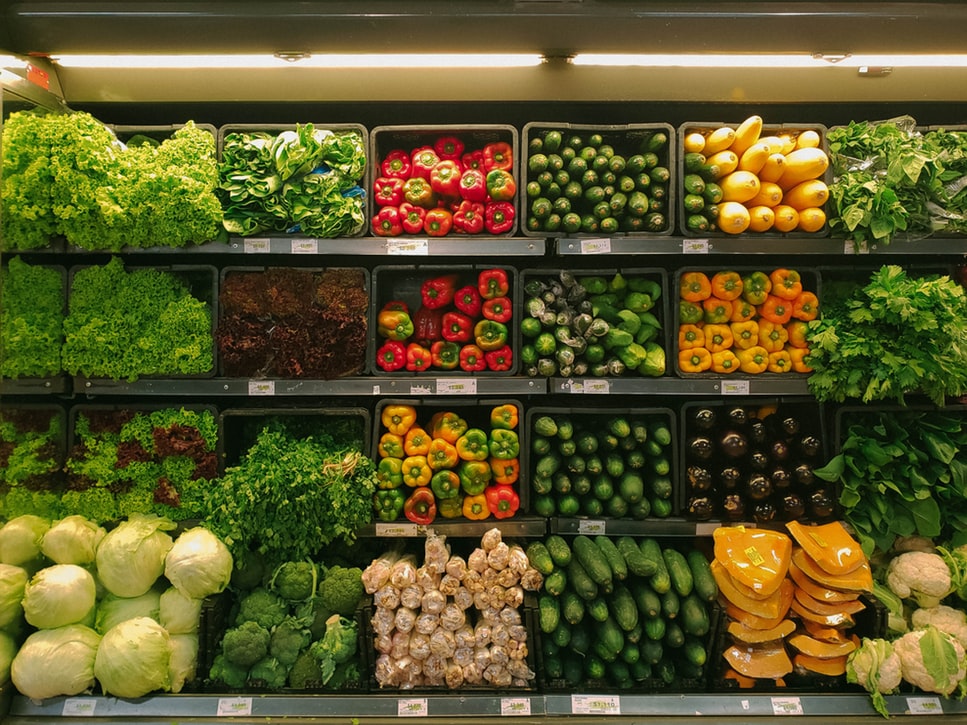By Mark Baum, Chief Collaboration Officer, Food Marketing Institute

Recently FMI, in partnership with global consulting firm Oliver Wyman, jointly released a compilation journal of strategic insights to help senior executives successfully guide their companies in this ever-changing food retail environment.
Boardroom is comprised of original perspectives from leading experts in food retail on a selection of the most critical issues executives must confront in boardrooms across the country and around the world. We are excited to share a series of Q&As with various authors from papers included in the journal that will give an expanded perspective on the key topics.
In the second part of our series, I spoke with Chris Baker, Oliver Wyman Partner and North America Retail Practice Co-leader, and Jacqui Martinez, Oliver Wyman Retail Practice Partner, on the emergence of “click-and-collect” and omnichannel retail affecting the food industry.
Question: How does omnichannel retail affect the food industry?
Martinez: Omnichannel is one of a number of threats that are confronting traditional grocers today. All of these threats could chip away at the basket size and trip frequency of their current customers. It doesn’t take a lot of that chipping away to cause a pretty substantial decrease in the profitability of individual stores and eventually the overall company.
Baker: In a world where food retail sales forecasts are basically flat, the fact that omnichannel adds a lot of complexity and cost to the system makes it an especially challenging strategic issue to tackle. The answer for each retailer lies in figuring out what really matters to their customers and intelligently and incrementally investing around those offers.
Question: Where do you see Omnichannel evolving in the future, especially in the US?
Martinez: What we have been looking at is determining the most efficient end state for grocery retail both online and offline in the US. When we look at third party delivery options, the efficiency of actually choosing the order within the store is really poor or well below what individual retailers could accomplish. So there is a really compelling case to be made that the most efficient answer to online is orders that are picked up in store for click-and-collect. For most customers, that meets their needs.
Baker: I would also add that given how large and diverse the US is in many different ways – the most important of which here is population density – we are going to end up with a patchwork of retail channel options.
Question: What other key points should readers take away from Boardroom?
Baker: This is a complex issue and there isn’t one answer in the US. Every retailer looking at this should strive to understand who they are serving or trying to serve in the different markets they operate in and map back to what the right mix of omnichannel offers should be.
Martinez: And the other thing I would say is that for many retailers this may seem so far from the base business …but if you wait until you’ve sorted out all of the base business problems, it will be too late. First movers gain much more market share from competitors than they lose from their own store, which is not true for late movers.
*This interview is the second of a six-part Q&A series between FMI executives and Oliver Wyman partners on the inaugural issue of our joint journal Boardroom.
*Download Boardroom on FMI’s website to read the full articles. Click here to read more from this Q&A.


 Industry Topics address your specific area of expertise with resources, reports, events and more.
Industry Topics address your specific area of expertise with resources, reports, events and more.
 Our Research covers consumer behavior and retail operation benchmarks so you can make informed business decisions.
Our Research covers consumer behavior and retail operation benchmarks so you can make informed business decisions.
 Events and Education including online and in-person help you advance your food retail career.
Events and Education including online and in-person help you advance your food retail career.
 Food Safety training, resources and guidance that help you create a company food safety culture.
Food Safety training, resources and guidance that help you create a company food safety culture.
 Government Affairs work — federal and state — on the latest food industry policy, regulatory and legislative issues.
Government Affairs work — federal and state — on the latest food industry policy, regulatory and legislative issues.
 Get Involved. From industry awards to newsletters and committees, these resources help you take advantage of your membership.
Get Involved. From industry awards to newsletters and committees, these resources help you take advantage of your membership.
 Best practices, guidance documents, infographics, signage and more for the food industry on the COVID-19 pandemic.
Best practices, guidance documents, infographics, signage and more for the food industry on the COVID-19 pandemic.
